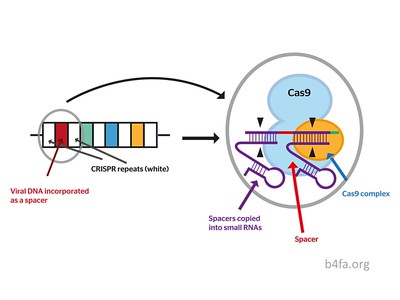CRISPR stands for clustered regularly interspaced short palindromic repeats.’ The term references a series of repetitive patterns in the DNA of bacteria discovered in the 90s. 20 years later, Jennifer Doudna and Emmanuelle Charpentier discovered that CRISPR-Cas9 could be used to cut any desired DNA sequence by just providing it with the right template, meaning it could be used as a gene-editing tool. To add a desired DNA sequence, one needs an upgraded version of CRISPR editing called CAST, CRISPR-associated transposases. Unfortunately, CASTs suboptimally insert more DNA sequences than wanted and have a relatively high rate of unwanted off-target integration at unintended sites in the genome. This leads to mutations, the three being, silent mutations, missense mutations, and nonsense mutations. A silent mutation is an insertion or deletion of a nucleotide that doesn’t change the amino acid sequence. A missense mutation is an insertion or deletion of a nucleotide that changes one or more of the amino acids. Lastly, a nonsense mutation leads to an early stop signal.
Luckily, new research published in Nature Biotechnology tells the reader that an improved CAST system called HELIX now exists. Helix stands for Homing Endonuclease-assisted Large-sequence Integrating CAST-compleX. This mouthful dramatically increased the efficiency of correct DNA insertions, reducing insertions at unwanted off-target sites. HELIX has over a 46% increase in on-target integration compared to that of the CAST system. This discovery is one of many that will continue to help us understand the complexity of our genes.



Leave a Reply